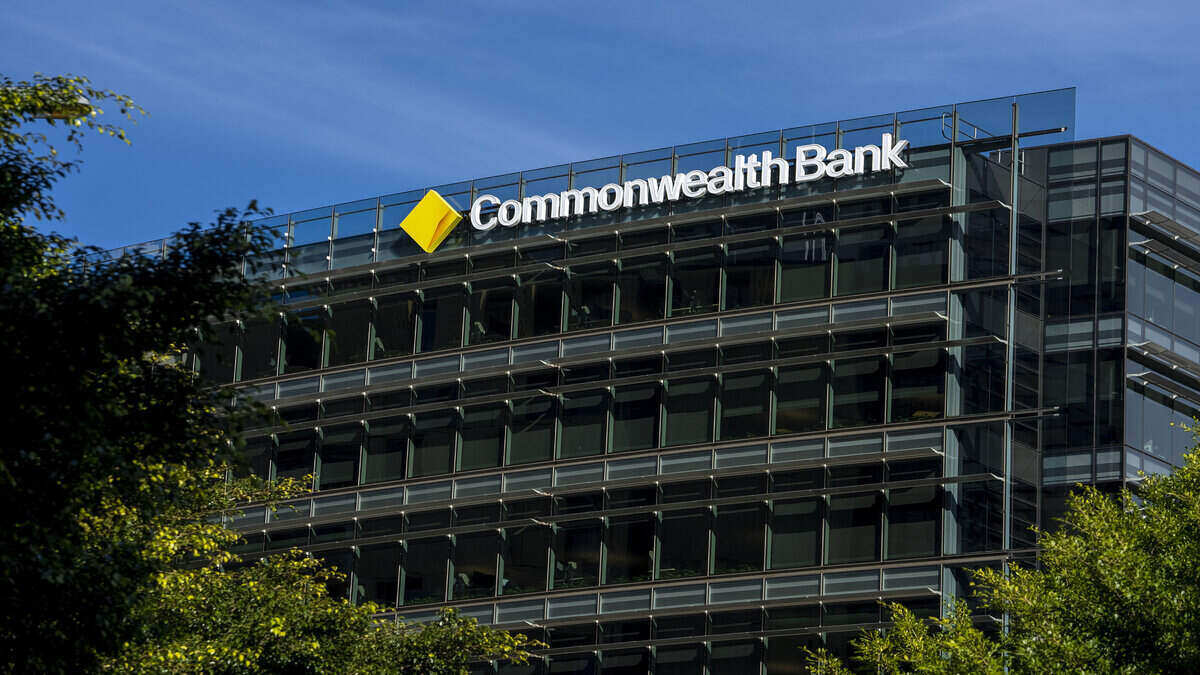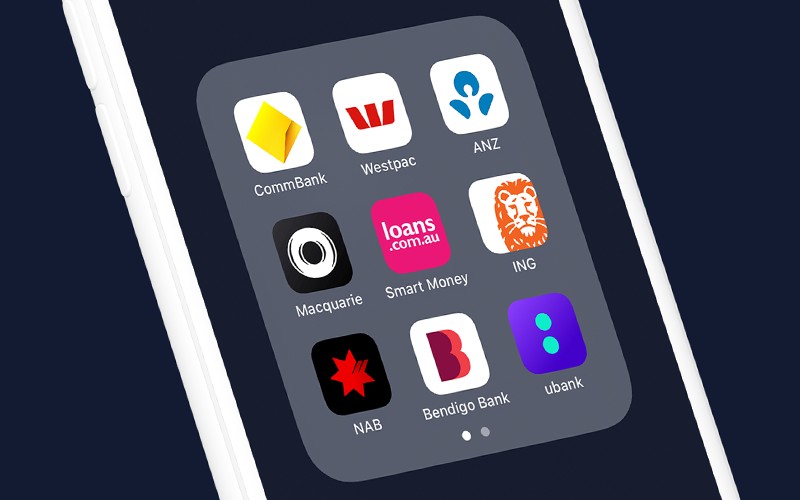Fact Checked
Current home loan interest rates
Home loan rates are closely tied to the cash rate - the lower the cash rate, the lower home loan rates will go as lenders fight and scrape to offer the most competitive rates on the market.
Getting a low home loan interest rate is extremely important. Homes cost hundreds of thousands of dollars, which is likely to be the biggest expense of your life by far. Even a cheap home loan will still rack up interest costs of over a hundred thousand dollars over the life of the loan, so it's imperative you don't just pick the first home loan you see.
Other home loan products:
The infographic above displays how average home loan interest rates have changed since July 2019.
Current savings account interest rates
Savings accounts are typically separate to your everyday bank account, aka a transaction account. When you open a bank account you should have both - the transaction account to make payments with, and the savings account to earn interest.
The interest rate on your savings account can help you earn a little bit extra on the money you've earned. Say you deposit $10,000 worth of savings in an account that pays 2.00% p.a: after one year you'd have earned a little bit more than $200 (thanks to the magic of compound interest).
Types of savings accounts:
Current term deposit interest rates
Term deposits are a similar beast to savings accounts except the money is typically locked away for the duration of the term, whereas funds in a savings account should be able to be withdrawn at any time. Also, the interest rate on a term deposit is fixed for the whole term (like a fixed-rate home loan), while a savings account's interest rate could be raised or cut several times a year (like a variable-rate home loan).
Term deposits are offering similar interest rates to savings accounts at the moment as they too are closely linked to the cash rate.
The average rates for different term deposit terms can be seen in the infographic below, with longer terms generally attracting higher interest rates.
Different deposit terms:
Why do interest rates change?
Banks and lenders adjust interest rates on loans and savings accounts for a variety of factors, but a lot of it comes down to the institution's costs of funding loans.
There are wider markets from which banks and lenders source the funds that allow them to provide a loan, including bond markets and overnight loans between banks, which are influenced by various economic and market forces. When the costs of sourcing these funds goes up (e.g. bond rates rise), the lenders often pass these costs on to customers by raising the interest rates on the loans they provide.
Central banks - such as Australia’s RBA - have a big influence on this cost of funding by setting a cash rate, which is essentially the rate on the overnight loans between banks. The RBA sets this cash rate based on whether it thinks the economy needs stimulating (e.g. cuts interest rates to encourage spending and boost economic growth and employment) or needs slowing down (e.g. hikes interest rates to curb high inflation).
RBA & Cash Rate Frequently Asked Questions
The cash rate is an interest rate set by a central bank, determining the rate of interest paid on overnight loans between banks. Generally, banks borrow and process transfers between each other overnight which are the funds lended to meet their daily cash needs.
The cash rate also serves as a benchmark rate for everything from mortgages and savings accounts to the exchange rate, making it an important tool for managing national monetary policy.
The RBA Board meets eight times per year to make a decision on whether to alter the cash rate or keep it steady. In doing so, the RBA considers a number of key economic factors including inflation, employment, the economic growth rate of the Australian economy and global financial conditions.
Inflation
Based on quarterly readings of the Consumer Price Index (CPI), inflation refers to the percentage increase in the price of household goods from one point in time to another. The RBA has a flexible annual inflation goal of 2-3%, meaning that while inflation is allowed to fall outside this range, it should remain within 2% and 3% on average.
Employment
Employment and unemployment levels provide an indication as to how well an economy is performing. If the unemployment rate is rising, the RBA might choose to lower interest rates to stimulate spending and investment, which may then lead to the creation of new jobs.
Economic growth
Economic growth in Australia is typically measured as a percentage change in the nation’s total value of goods and services or Gross Domestic Product (GDP). If economic growth has slowed or is on the way down, the RBA may lower the cash rate to bring demand for goods and services back up. This works by reducing the incentive to save and increasing the incentive to borrow and spend.
Global financial conditions
Global financial conditions also feature in determining the cash rate. Strong economic growth overseas can mean increased demand for Australian products. On the other hand, if overseas conditions are weak or if tensions exist among major trade partners, the flow-on effect could hit Australia’s economy.
In Australia, the RBA controls the cash rate. Financial institutions are free to set their own interest rates, but they generally follow the cash rate’s movements.
If the RBA lowers the cash rate, banks are also likely to follow suit, reducing their loan rates and rates for savings accounts and term deposits. This means it may be easier to obtain a loan, with mortgage rates becoming more favourable for buyers. However, lower cash rates may also mean that you receive significantly lower returns on your savings, as interest payments decline in value.
If the RBA increases the cash rate, borrowing generally becomes more expensive, but savers may be able to earn more interest on their savings accounts and term deposits.
Where the cash rate flows through to other interest rates is often referred to as ‘interest rate pass-through’. While the RBA’s monthly cash rate announcements are important and do partly influence how banks and lenders set their interest rates, they are not the only factor that goes into the decision. Other factors such as conditions in financial markets, changes in competition, and risks associated with different types of loans also influence interest rates. As a result, the degree of interest rate pass-through can vary over time.
The cash rate can have a big influence over home loan interest rates, although banks and lenders are under no obligation to follow the decisions of the RBA. However, for most lending institutions, the cash rate forms a central part in determining their own interest rates. When the cash rate is low, lenders may be expected to offer lower interest rates to new and first home-buyers and refinancers in the housing market. A rise in the cash rate, however, could likewise mean home loan rates going up, as banks and lenders pass on the cost of the rise.
Generally, savings accounts and term deposits can move in line with the cash rate. This means that if the cash rate goes up, banks may raise the interest rates on deposits, which encourages people to deposit their money in savings to earn interest.
If the cash rate falls, interest rates on deposits tend to go down with it. This is all too familiar for Australian savings accounts, with interest rates continuing to remain at record lows.


 Harry O'Sullivan
Harry O'Sullivan










